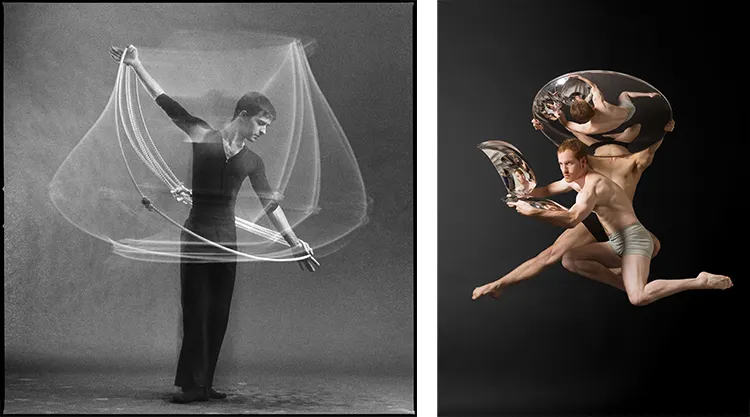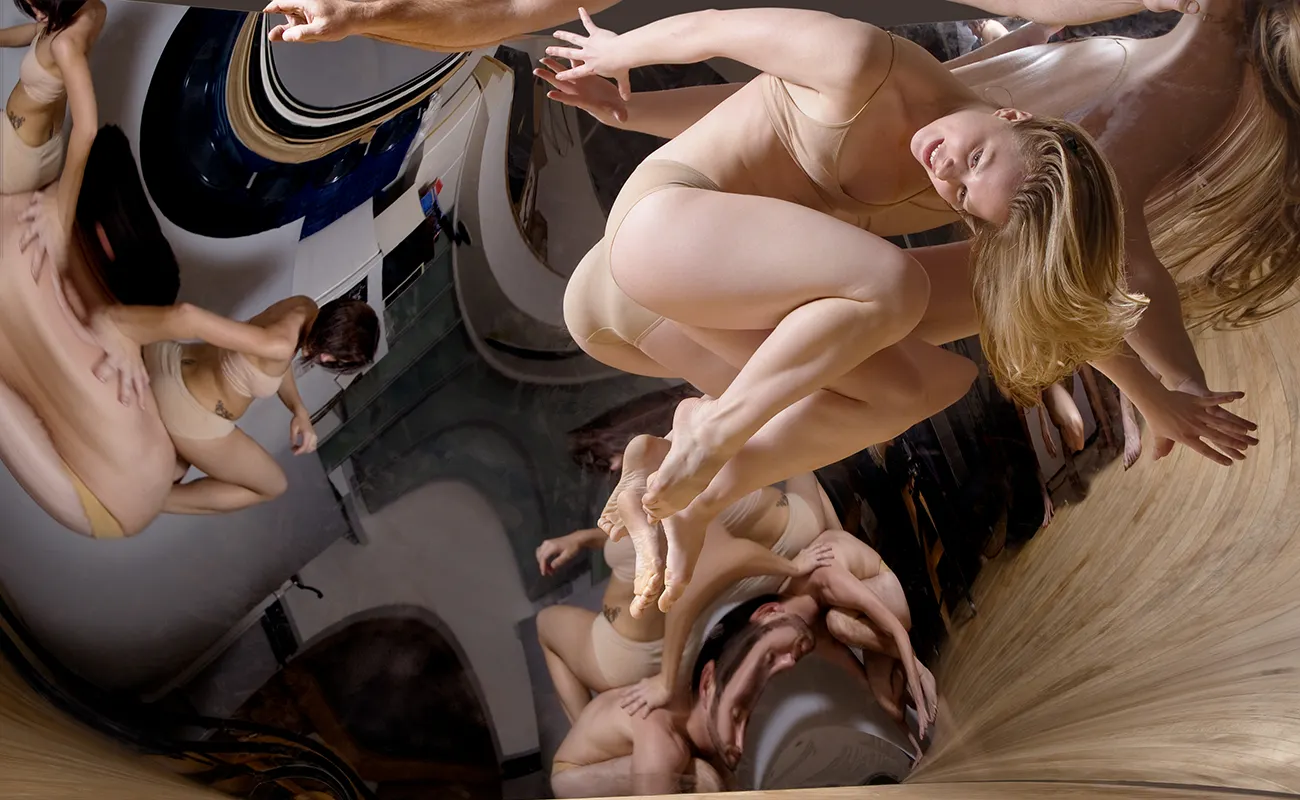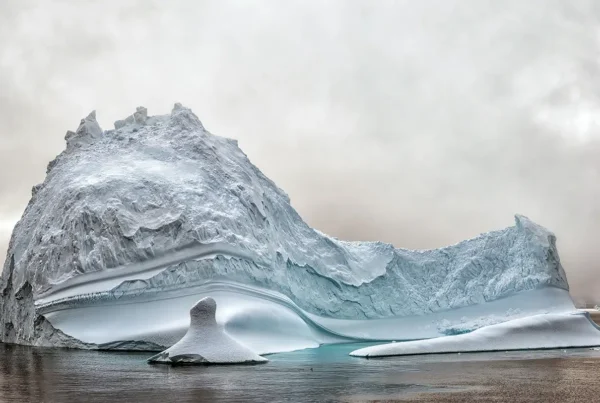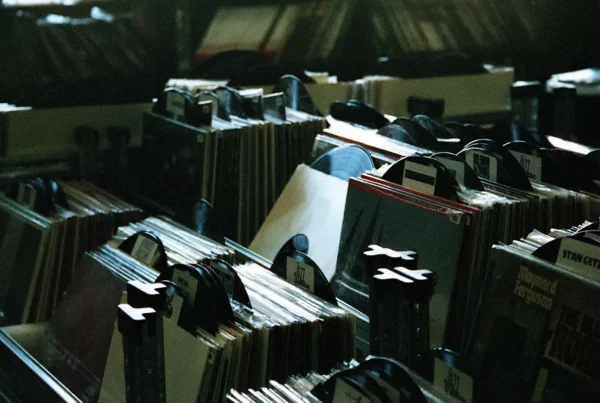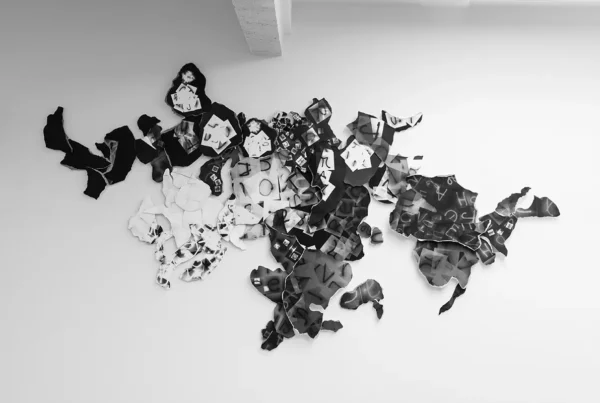“I did not choose my medium – it chose me, and then I blossomed from it.”
A Chance Encounter with the Lens
Lois Greenfield’s journey into photography was as unexpected as the fleeting moments she would later masterfully capture. A lifelong New Yorker with a passion for art, dance, and travel, she first discovered the power of the camera during a high school trip to Arizona. Armed with a simple Brownie camera, she photographed an Apache Indian Reservation, unknowingly setting the stage for a career that would redefine the boundaries of dance photography. This early experience ignited a fascination with the medium, though it would take several years before she fully embraced it as her artistic calling.
Her path into dance photography was equally serendipitous. While working for The Village Voice, she was given the opportunity to shoot performances for dance critic Deborah Jowitt. Unlike traditional dance photography, which often documents choreographed sequences, Greenfield sought to capture something entirely different—spontaneous, high-risk movements that existed for a fraction of a second, beyond the limits of human perception. The freedom granted by The Village Voice allowed her to experiment, and soon, dancers and companies alike were eager to see what would emerge from her unconventional approach. Rather than simply recording movement, she sought to reveal something unseen: the illusion of weightlessness, the frozen energy of a motion that could never be repeated.
The interplay between dance and photography became the foundation of her artistic philosophy. Rather than using the camera to document movement, she used it to create something entirely new—moments that existed only in the captured frame. By eliminating context and grounding, she produced images that defied logic, making dancers appear to hover in midair, unbound by gravity. For Greenfield, a photograph was not a mere record of a performance but a collaboration between two art forms, each enhancing and challenging the other in unexpected ways.
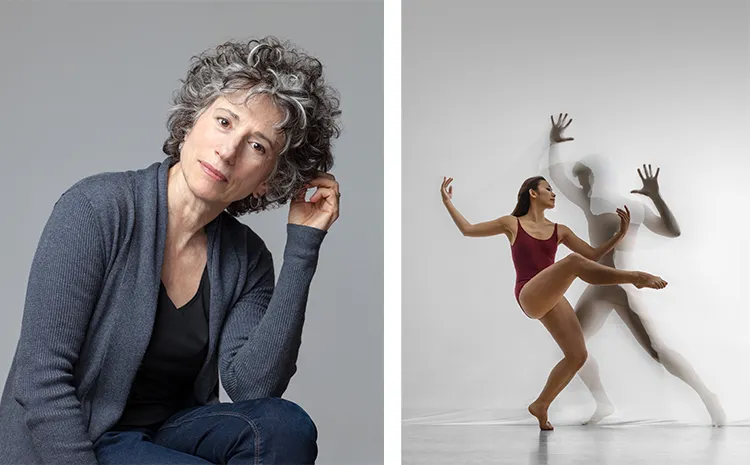
Lois Greenfield: The Art of Spontaneous Creation
At the core of Greenfield’s work is a refusal to predict the outcome. Every session begins with a question—What if? or Let’s try that. Unlike photographers who meticulously plan their compositions, she thrives on uncertainty, embracing the unknown as an essential element of creativity. This approach ensures that every image she captures exceeds the boundaries of her imagination, offering surprises even to herself. If a concept feels too predetermined, she abandons it, believing that true artistic discovery comes from pushing beyond what is already envisioned.
Her studio environment reflects this philosophy. It is not a controlled, rigid space but a dynamic, collaborative playground. With music setting the mood, dancers move freely, inspired by the rhythm, while her assistants play a crucial role—adjusting lighting, throwing props, and operating a hair fan to accentuate movement. Despite the high level of technical precision required, Greenfield’s method relies on improvisation. Working with a Hasselblad camera that lacks autofocus, she and her team use measured tape marks to ensure the perfect distance between subject and lens. Each shot is tethered to a computer monitor, allowing for immediate feedback, yet the final image is always an unpredictable result of the dancer’s motion and the moment in which the shutter clicks.
Greenfield’s photographs challenge the conventions of both dance and photography. By capturing movements that cannot be repeated, she preserves ephemeral instants that even dancers themselves could never consciously replicate. Her images exist in a space between reality and illusion, inviting viewers to question the very nature of movement and time. Through her lens, dance becomes something more than performance—it transforms into a sculptural, gravity-defying act frozen within a single frame.
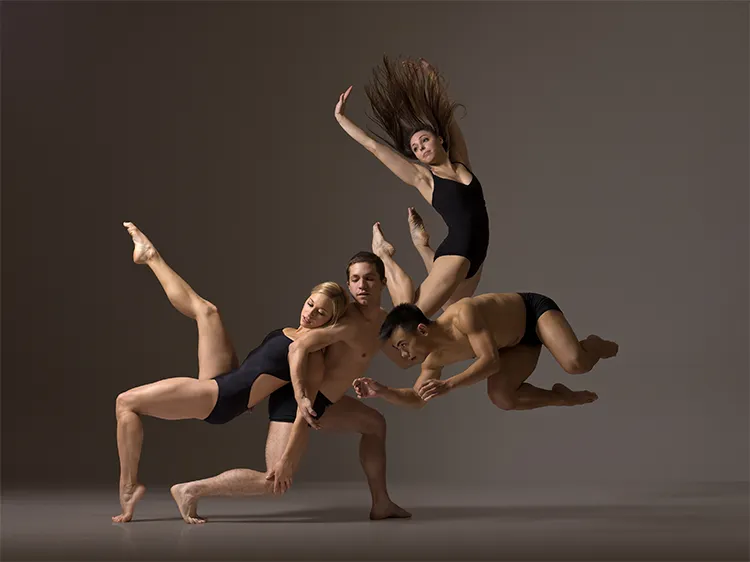
Exploring Reflections and Expanding Perspective
Beyond her fascination with movement, Greenfield has long been drawn to reflections, a motif that has played a significant role in her artistic evolution. Since her early days as a photojournalist in the 1970s, she has experimented with mirrors and reflective surfaces, intrigued by the way they expand a photograph’s perspective. By incorporating reflections, she blurs the boundaries between the dancer’s body and its doubled image, creating compositions that challenge visual logic. In some of her most striking works, it is impossible to discern where the physical form ends and its mirrored counterpart begins.
This fascination with reflections is more than a stylistic choice—it speaks to Greenfield’s deeper artistic intent. Just as she seeks to capture moments that evade the naked eye, she also strives to present perspectives that defy rational explanation. While she meticulously controls many aspects of her photography, reflections introduce an element of unpredictability. They offer multiple viewpoints within a single frame, sometimes revealing details that would otherwise remain hidden. In this way, they mirror her broader artistic mission: to push beyond conventional perception and present reality in a way that feels impossible yet undeniably real.
Her work with reflections aligns seamlessly with her interest in transcending photographic limitations. Much like her gravity-defying dance portraits, these images disrupt the viewer’s expectations, making the familiar appear extraordinary. Through reflections, Greenfield expands the photographic frame into something multidimensional, challenging the notion that a single image must capture only one perspective. By embracing unpredictability, she invites viewers into a world where movement, light, and perception merge into something entirely new.
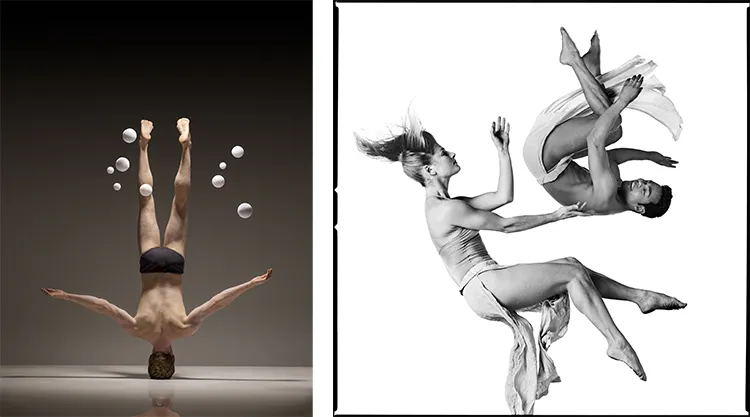
Lois Greenfield: Pushing the Boundaries of Photography
Greenfield’s relentless curiosity continues to drive her artistic evolution. While she has exhibited her work globally—from China and Australia to Italy, France, and beyond—she remains deeply engaged in experimenting with new ways to reinterpret her images. Never content with repetition, she constantly seeks fresh approaches to push her creative limits. In recent years, she has explored the possibilities of layering multiple photographs, flipping images between black and white backgrounds, and even animating stills to create moving visuals. Each experiment is an extension of her core philosophy: that photography is not about capturing what is seen but discovering what lies beyond perception.
Her latest explorations involve overlaying digital images at overlapping moments, further distorting the traditional boundaries of time and movement. By merging different instances within a single frame, she creates compositions that suggest fluidity, reinforcing the idea that no moment in dance—or life—exists in isolation. This technique not only deepens the complexity of her work but also underscores her commitment to constant reinvention. Even after decades of pioneering dance photography, she refuses to settle into a single style, always searching for new ways to challenge both herself and her audience.
Greenfield’s impact on photography and dance is undeniable. By rejecting traditional documentation in favor of artistic transformation, she has redefined how movement is captured and perceived. Her photographs are not just images of dancers; they are studies in suspension, spontaneity, and the interplay between control and chaos. Through her lens, the impossible becomes tangible, and the fleeting beauty of movement is preserved in ways that transcend time. Whether through a single frozen moment or a layered composition of shifting instants, Greenfield continues to expand the boundaries of what dance photography can be.
